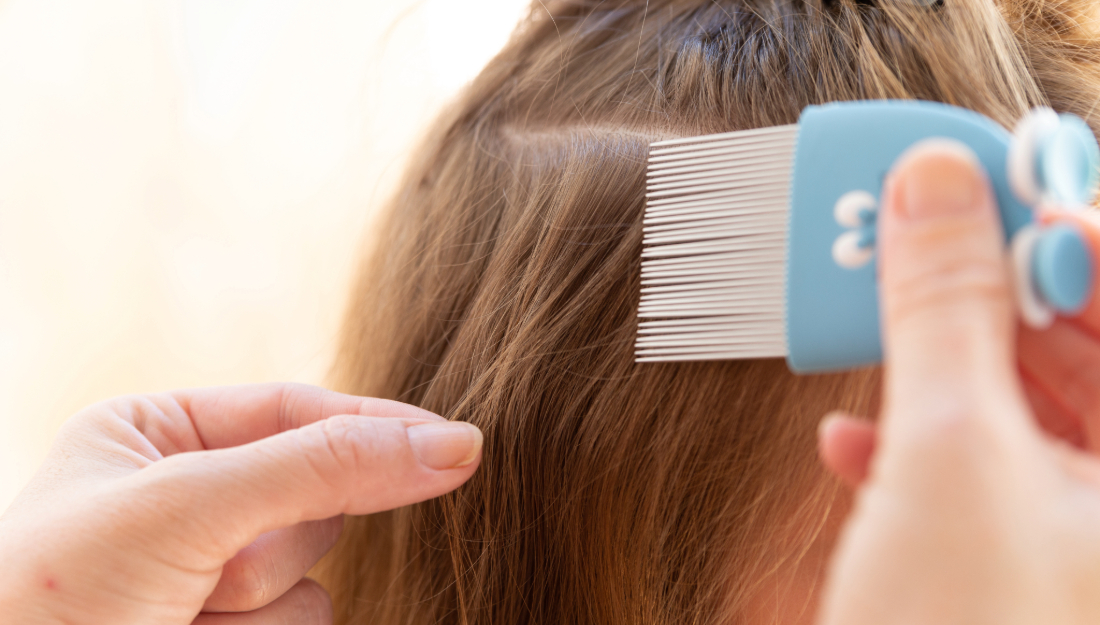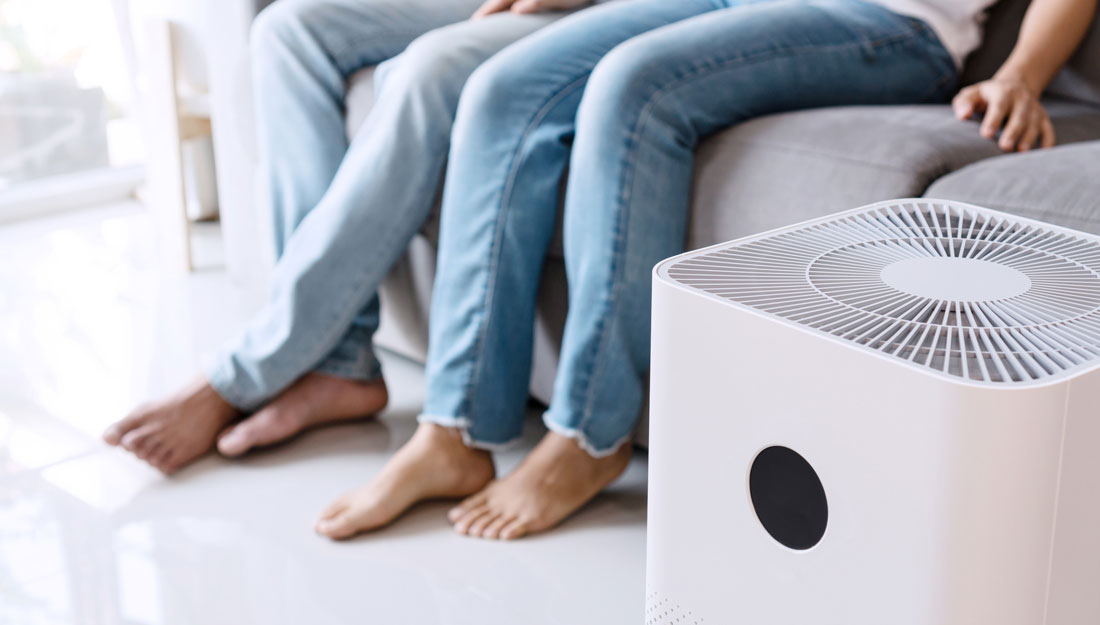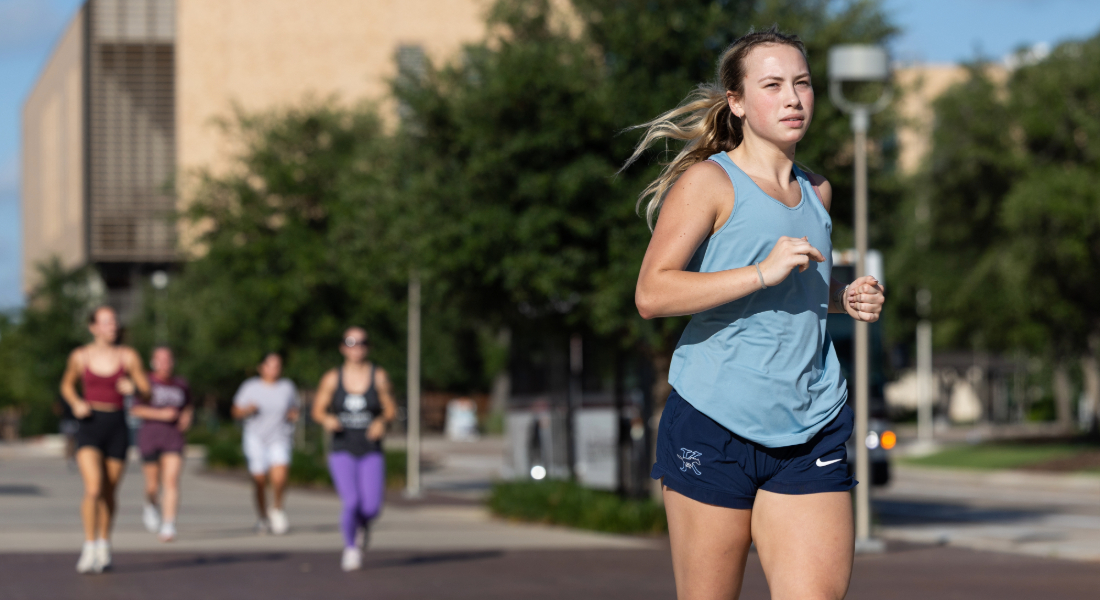- Lasha Markham
- Health Tips, Healthy Living, Nursing, Show on VR homepage
The nit-ty gritty on battling head lice
When your child comes home scratching, it’s time to uncover the facts about prevention, treatment and stopping these stubborn pests in their tracks

Colder months often bring more cases of head lice due to sharing of hats, coats and other head coverings. (Adobe Stock)
Tiny troublemakers can cause big headaches. When your child comes home scratching their head, it’s a sign—time to break out the comb and dive in on how to treat the insects that haunt the scalp.
Head lice are small, sesame seed-sized parasitic insects that live on the scalp. Although they are mostly harmless, they cause irritation to the skin of their host. According to the Centers for Disease Control and Prevention (CDC), somewhere between 6 million and 12 million head lice infestations occur in the United States each year in children ages 3–11.
Head lice are commonly spread through sharing coats, hats and brushes in school-aged children, leading to the stronger prevalence in this age group. Despite the overwhelmingly large number of cases each year, there are a lot of myths about the insect and how they spread.
“I would say the most common misconception is probably that they can jump or leap, and they don’t spread in that way. They actually crawl,” said Ali Wurster, MSN, APRN, FNP-C, nurse practitioner at Texas A&M Health Mobile Health Clinic. “A kid can be sitting in a classroom even a foot away from another child, and if their heads don’t touch, the lice are not going to jump onto someone else.”
She added that, while many believe those with dirty or unclean hair are more likely to attract lice, the reverse is actually true. Head lice prefer those with a clean scalp.
Once an infestation has been confirmed, don’t hesitate to act quickly. Although the insect isn’t harmful, it can cause a lot of discomfort and should be mitigated quickly. According to Wurster, there are two options for treatment. One is an over-the-counter topical cream called Nix, and the other is a prescription topical cream called Permethrin. They are virtually the same formula, so she recommends reaching for whichever is easiest.
For treatment, wash the hair with shampoo as usual. While the hair is still damp, apply the medicated cream to the scalp and hair and allow it to sit for about 10 minutes before rinsing. After rinsing, use a fine comb to manually remove the nits (lice eggs) from the hair to prevent a returning case. Wurster said this should be a one-and-done treatment, but if you can still see live bugs after seven days, repeat the process.
The eggs must be kept at the temperature of the scalp to hatch, but to be safe, the CDC suggests putting the nits in an airtight plastic bag before disposal. After treatment, any clothing, bedding, scarves or removable fabric should be washed and dried on high heat to prevent reoccurrence. Anything that cannot be washed or dried, like stuffed animals, should be placed and sealed in a plastic bag for two weeks.
Wurster said the most common place lice are spread is at school, especially through shared items like dress-up clothes in preschool and kindergarten classrooms. To prevent head lice, avoid sharing hats, coats, brushes or clothing. School staff should regularly sanitize or avoid common-space items, like hats or clothing in play areas. Additionally, Wurster recommended keeping heads apart during nap time to keep lice from spreading from one child to another.
Lastly, Wurster said CDC guidelines now say that children who have head lice can stay at school until the end of the day, begin treatment after school and return the next day. This is a change from guidelines in previous years that recommended students go home immediately and not return until the infestation has subsided.
When your child comes home with head lice, it is anything but fun. By understanding how lice spread, sticking to effective treatments and following simple prevention tips, families and schools can stop these pesky parasites in their tracks and keep the itch away.
Media contact: media@tamu.edu


